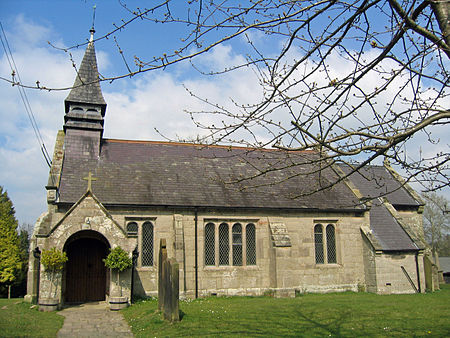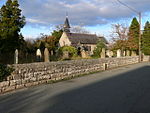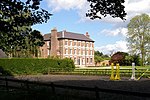St John's Church, Burwardsley
17th-century Church of England church buildingsChurch of England church buildings in CheshireChurches completed in 1878Diocese of ChesterEngvarB from September 2013 ... and 2 more
Grade II listed churches in CheshireJohn Douglas buildings

St John's Church is in School Lane, Burwardsley, Cheshire, England. It is recorded in the National Heritage List for England as a designated Grade II listed building. It is an active Anglican parish church in the diocese of Chester, the archdeaconry of Chester and the deanery of Malpas. Its benefice is combined with those of Holy Trinity, Bickerton, St Wenefrede, Bickley, and All Saints, Harthill.
Excerpt from the Wikipedia article St John's Church, Burwardsley (License: CC BY-SA 3.0, Authors, Images).St John's Church, Burwardsley
School Lane,
Geographical coordinates (GPS) Address Nearby Places Show on map
Geographical coordinates (GPS)
| Latitude | Longitude |
|---|---|
| N 53.1035 ° | E -2.7251 ° |
Address
School Lane
CH3 9NX , Burwardsley
England, United Kingdom
Open on Google Maps









